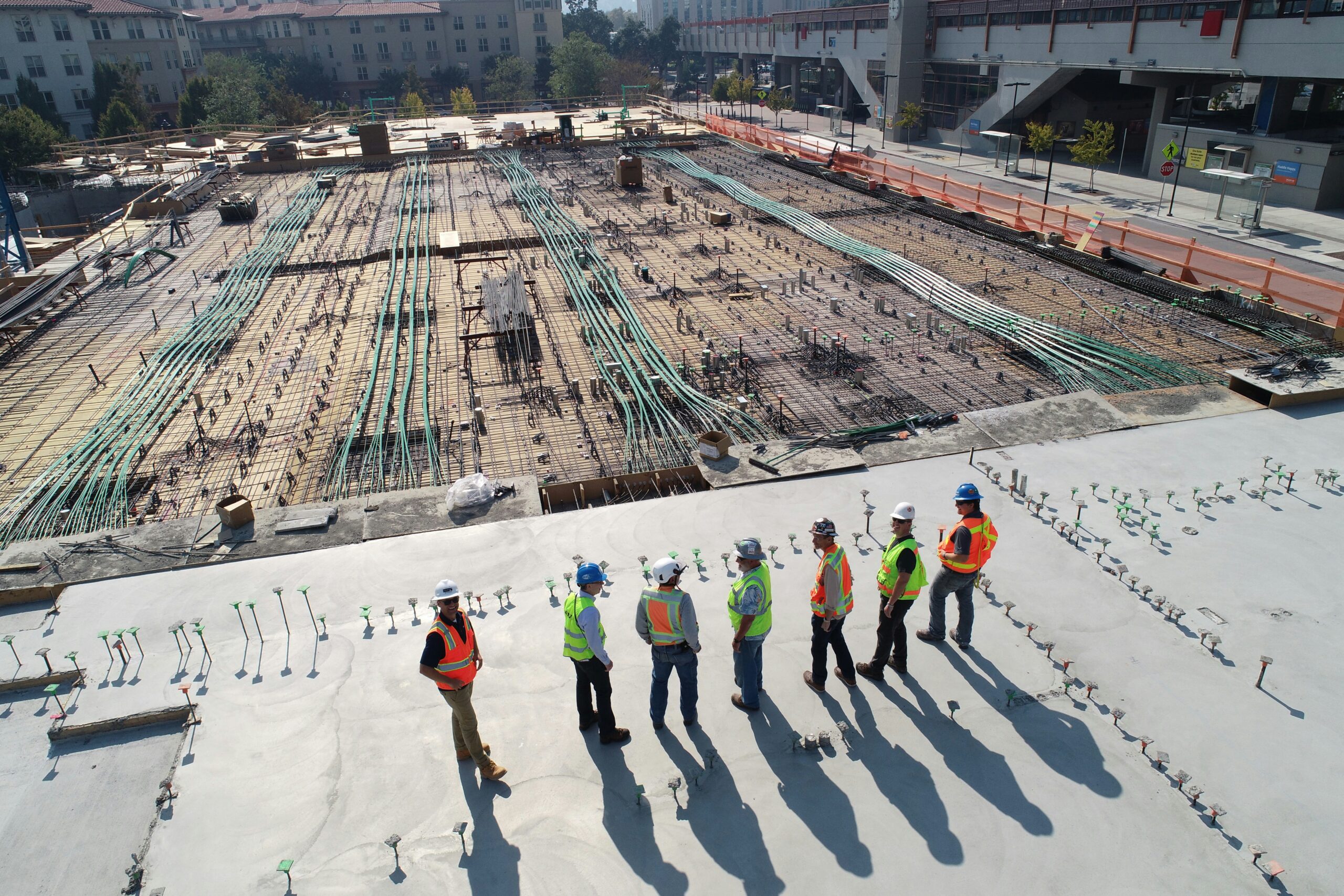
Harnessing Federal Programs to Improve Local Housing Permit Data
Many recent regulatory reforms are intended to spur new housing development, but timely data on the location and quantity of new housing is limited. The most comprehensive data source on new development, the U.S. Census Bureau’s Building Permit Survey (BPS), relies on antiquated methods that can introduce a variety of errors and biases. Individual jurisdictions are asked to submit regular reports on the building permits they issue. In addition to the potential for human error, many jurisdictions are not asked to report on a monthly basis, and some that are asked to report on a monthly basis don’t do so. As a result, although the BPS is reasonably reliable at high levels of geographic aggregation (e.g., counties, states, metro areas), it is less reliable at the municipal level. Moreover, the BPS does not provide any information at lower levels of geography (such as the census tract or block group). This is a problem, because many recent land-use regulation reforms are intended to spur development in specific areas, such as transit-rich or high-resource locations. The lack of accurate, timely, geographically precise permit data makes it hard to assess whether these regulations are working.
The Census Bureau should work with information technology (IT) vendors, states, and local governments to facilitate the automation of local building permit reporting. All large jurisdictions (and many small jurisdictions) use some form of computerized tracking system for building permits. In some cases, the tracking system involves specialized software, typically developed by a private vendor. In other cases, it’s simply a spreadsheet. A uniform software tool for inputting building permit data would make the BPS more reliable, and it would also facilitate more fine-grained geographical analysis of new housing development. Data from the tool could be directly transmitted to the Census Bureau, reducing the potential for errors in local aggregation and tabulation of the data. More fine-grained geographic data would help the Department of Housing and Urban Development (HUD) to assess whether local efforts to affirmatively further fair housing are bearing fruit. It would also help states that have recently adopted regulatory reforms concerning fair housing and transit-oriented development to assess the impacts of those reforms. Moreover, automating the collection and transmission of data would reduce paperwork burdens for local governments.
The Census Bureau should first explore using the same appropriation source that is funding the Modernizing Construction Indicators (MCI) project. This funding may be sufficient to launch a pilot project that would convene a working group of local and state officials, software vendors, and researchers to identify the key attributes needed in this new reporting system. Whereas the MCI project is currently focused on improving the BPS by using data from vendors who collect building permit data from governments, the proposed project involves working with the vendors who provide information technology services to governments. Rather than relying on a patchwork of private vendors with different data standards and licensing rules who collect data from local governments and then repackage it, the Census Bureau and other agencies should contribute to the development of IT solutions that can be used by the vendors who provide service to local governments. These IT solutions can, in turn, feed into the Bureau’s own standardized data collection process.
The pilot program would involve creating and deploying software that would record the same permits currently covered by the form used for the BPS. The data collected should include the geographic coordinates for each newly permitted structure and the number of units included in each structure. Local jurisdictions that volunteer to participate would receive funding to implement the new system, either from the same appropriation source funding the MCI project or from a separate congressional appropriation. The Census Bureau would revise the system based on the pilot program for broader rollout, for which Congress would have to provide additional funding.
Federal agencies (e.g., HUD), state governments, and nongovernmental organizations could use the data to better assess the efficacy of land-use regulatory reforms. Both government entities and advocacy groups are largely flying blind with respect to their reform efforts, due to lack of data. In order to assess, for example, whether reforms targeted to transit-rich or high-resource locations are yielding development in those locations, advocates and policymakers need to know how much development is occurring in those locations.
In addition to yielding specific benefits for the evaluation of regulatory reforms, there are also broader social and economic benefits of timely, reliable, spatially precise data on new housing development. For example, such data facilitates the development of economic indicators by the Conference Board and Federal Reserve Board; helps financial institutions estimate mortgage demand; and contributes to various kinds of research by private businesses.
This idea of merit originated from our Housing Ideas Challenge, in partnership with Learning Collider, National Zoning Atlas, and Cornell’s Legal Constructs Lab. Find additional ideas to address the housing shortage here.
To better address security and sustainability of open source software, the United States should establish a Digital Technology Fund through multi-stakeholder participation.
Federal grantmakers should establish a default expectation that hardware developed as part of federally supported research be released as open hardware.